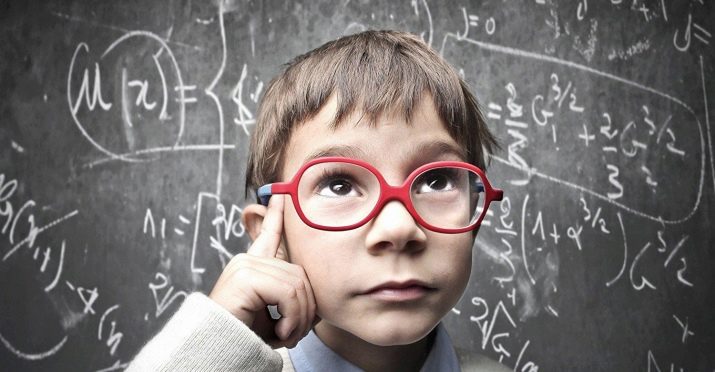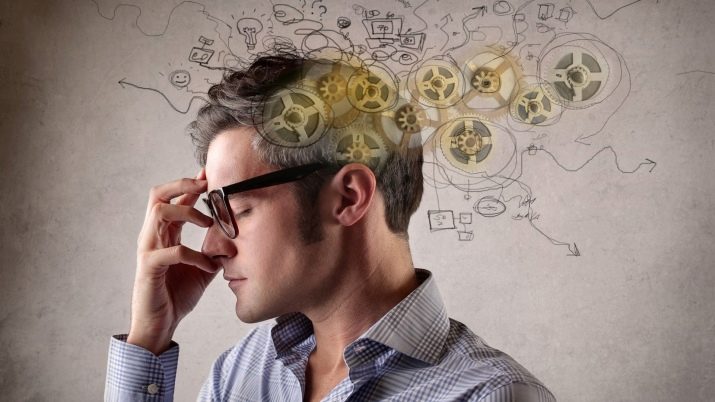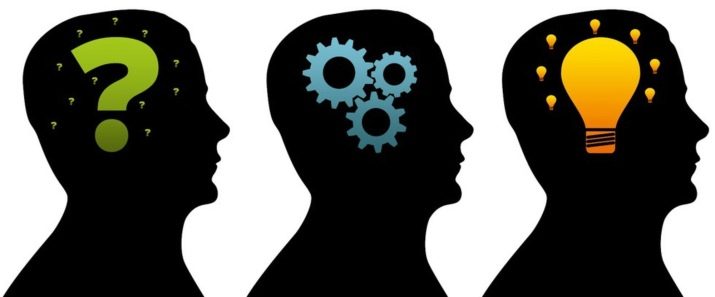What is “good” and what is “bad”? The answer to these questions is not always obvious, everyone has their own view on a particular event. It all depends on the type of thinking of each person. We will talk about thinking in this article.
What is thinking?
From what thoughts live in the head, and how a person perceives reality depends. In psychology, the following definition of thinking exists: this is the process by which systematic relationships of the environment are modeled.
It should be noted that thinking cannot be learned, it cannot be learned from textbooks, thinking is the ability to understand what is happening around, given to a person by consciousness and millennia of evolution.

Basic properties
We see only what we personally see in each specific situation. This is the merit of thinking, and each of them has his own, unique. The only thing that, perhaps, is the same for all sane ones, is the properties of thinking. In psychology, there are seven main areas in which our thoughts go.
- Purposefulness. Every thought process has an ultimate goal. We are always trying to find the answer to any question posed. And it should not always be the question of "life and death."
- Logic. Even female logic, contrary to jokes and jokes, is always there. Of course, it is not always true, understandable to others, but it, nevertheless, is present in the thought process.
- Development. Underdeveloped thinking is characteristic of babies and people with mental disabilities. People with undeveloped thinking are quite happy if they satisfy their primitive natural needs - for food, sleep.
- Ability to form concepts. Compare and characterize a phenomenon, thing, situation - this is a mandatory property of human thinking.
- Thinking is not able to be objective. The feelings and experiences of a particular person always interfere with this process. Therefore, to say that someone thinks right, and someone does not, is not necessary. In their own right way everyone thinks.
- Positivity / negativity. For some, everything is exclusively in white, for others - in black, it all depends on how a person relates to what is happening around. Some are able to find positive emotions even in the most difficult and unpleasant situations. Others and at their own wedding purposefully look for a catch.
- Orientation in time, linearity. Some look only ahead, while others look back and forth. If the former are pondering how to get out of a specific situation, the latter are trying to understand why this happened and what they did wrong.

Types and their characteristics
Psychologists usually divide thinking into three classes of thinking:
- clearly effective;
- visual-figurative;
- verbal-logical.
Such a division is built on the genetic principle, while varying degrees of development of thinking that occur sequentially are determined.
Visual-effective implies that a person observes real objects, animals, people and comprehends the relationship between them in a specific situation.
Visual-figurative involves the creation of ideas about a certain situation or images. I.e man uses visual images through their imaginative representations.
Verbal-logical involves the application of logical knowledge about a particular event, object, creature. And thus, a person comprehends significant patterns and unobservable relationships of real events or objects.
Besides, thinking is divided into visual and verbal, that is, it is easier for someone to see once, for another it is enough to hear it. It is also divided into practical and theoretical, that is, someone “does not write the law”, he is looking for all kinds of ways to solve a particular problem, for others it is important to comply with the norms and rules that they themselves are developing.

The following antipodes are associated with intuitive and analytical thinking. The first is fast, not divided into distinct distinct stages, little conscious. The second is a long time, divided into distinct stages, specifically presented in the head of a person.
But whatever type of thinking you have, it is important to be able to start the comparison process in your head, it helps to find similar and excellent properties of objects, situations, which in the future will certainly help to solve the problem.
Two other integral parts of the thought process are analysis and synthesis. At first glance, these are opposite concepts, the first involves dividing something whole into parts for a better understanding, while the second, on the contrary, allows us to switch from particular to general. But both processes are important for thinking - any sound activity of thought should be precisely analytically-synthesized.
Although, on the other hand, the thinking process is purely personal, and often it depends on the nature of the person. Some people think vigorously, while others - lazy. Who thinks judiciously, who impulsively. It is also divided into female and male, civilized and wild, flexible and straightforward. Yes, and it happens at different levels.

Some thoughts swarm in the depths of our consciousness, others on the surface, others remain somewhere in the middle, most often there are those that appeared due to the stereotypes that surround us. The most diverse, but most often - controlled and well-conscious thoughts break out. But in the farthest corner hides what appeared practically unconsciously. This is the basis upon which all our subsequent thought processes begin to be based.
And while not all thinking helps to live. Sometimes it can interfere.Sometimes you need to act quickly, relying on your own experience, reflexes developed over the years, and the thought process inhibits the simple solution of important tasks. The category of “harmful” thoughts also include unnecessary, negative, and of course, annoying. Here they have no place in our head and should be disposed of.











